Temple Facts
- Date: 879 A.D (late 9th century AD)
- Religion: Hinduism
- Built By: Indravarman I
- Dedicated To: Shiva
- Style: Preah Ko
- Best Time to Visit: Anytime, best in the morning
- Length of Visit: 30 - 60 minutes
- Temple Pass: Required
Location
Preah Ko is located in Roluos which is around 15km from Siem Reap. It’s located next to Bakong temple and south of Lolei temple. Check the location of Preah Ko on Google Maps for your reference.
Getting There
Getting to Preah Ko is easy. The National Road 6 is a good road and it’s easy to take a tuk tuk or a taxi to get there. However, National Road 6 is the main road to Phnom Penh and it’s busy, so if you’re cycling, you may want to opt for a more scenic route through the countryside.
If you’re taking the National Road 6 option, you can head out of Siem Reap for around 15km. Then turn right before you get to the Bakong High School. Continue along the road for around 400 or 500m and you’ll see Preah Ko on the right side.
If you decide to take the back way, you’ll want to leave Siem Reap via the Sala Kamreuk road towards Chhreav Village. Keep following the road to the east and eventually, you’ll find the group of temples which make up the Roluos group.
Preah Ko Tours
Preah Ko and the Roluos Group are popular temples to visit. They aren’t as visited as the main temples near Angkor Wat, but they still attract hundreds of visitors each day. Cycling Tours are a popular option for these temples as you can take the back way through the countryside.
If you’re travelling by tuk tuk or taxi, then you’ll probably have finished exploring the temples in half a day or less. Many tourists opt to include a floating village tour of nearby Kampong Phluk when visiting the Roluos Group.
It’s also possible to stop and see Preah Ko on the way back when taking a Beng Mealea temple tour.
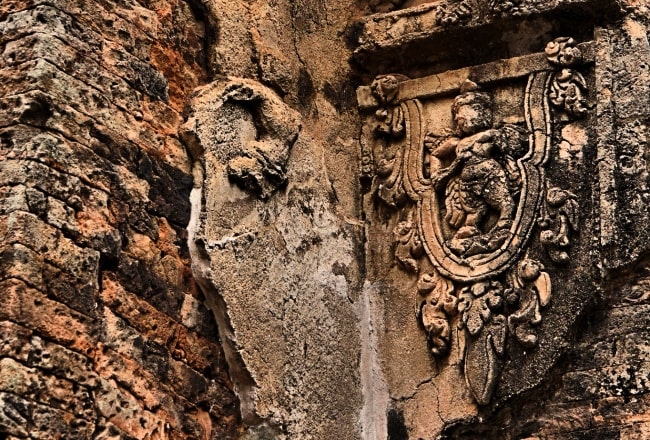
Accommodation
Although there are some small guest houses and homestays in the area, most guests prefer to stay in Siem Reap town. The Roluos Group of temples is only a short distance from town, so most guests prefer to make the short journey to see the temples.
There’s more to offer visitors in Siem Reap than there is in Bakong. But if you want to get away from the hustle and bustle of Siem Reap, you might want to opt to stay in a home stay or small local guest house in the area.
Why Visit Preah Ko?
All the temples in this area are historically significant and well preserved. As such, they do attract quite a lot of visitors. However, they aren’t as busy as the main temples in the park and it will feel a lot less crowded here.
If you’re into cycling, the temples in the Roluos Group can be a great destination to get out of the town, explore the countryside and see a few temples.
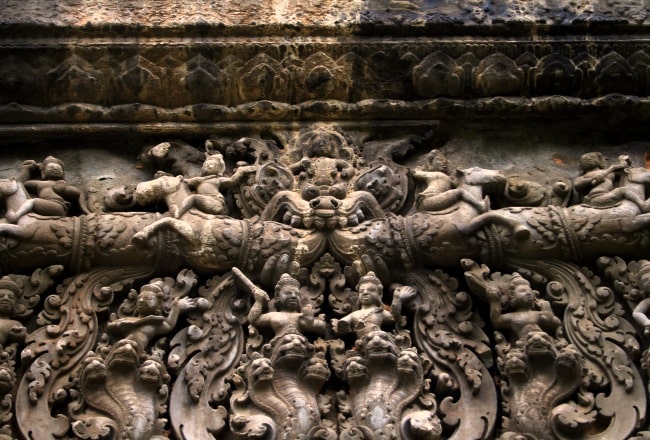


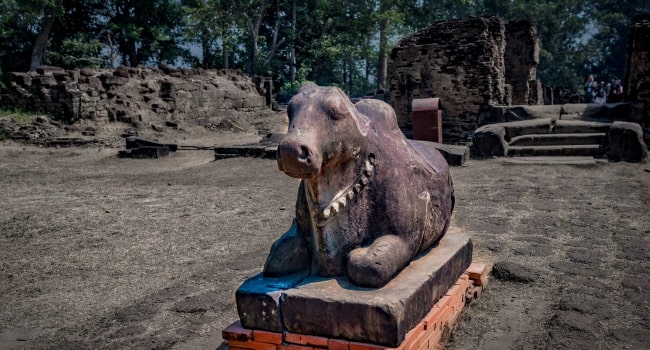

 09/01/2026
09/01/2026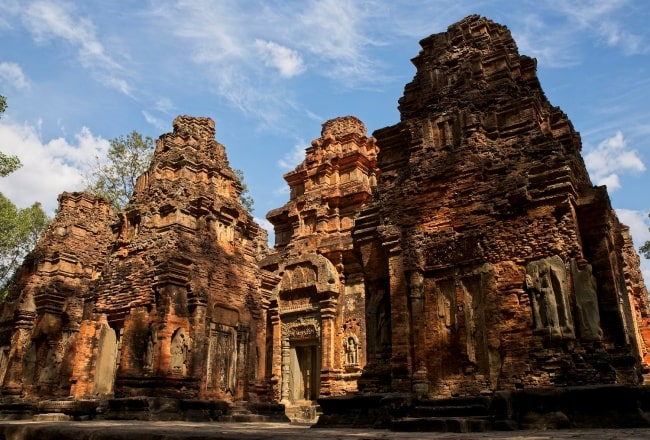
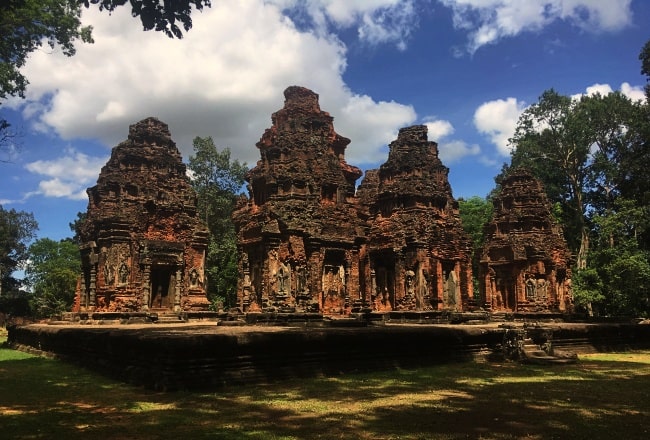

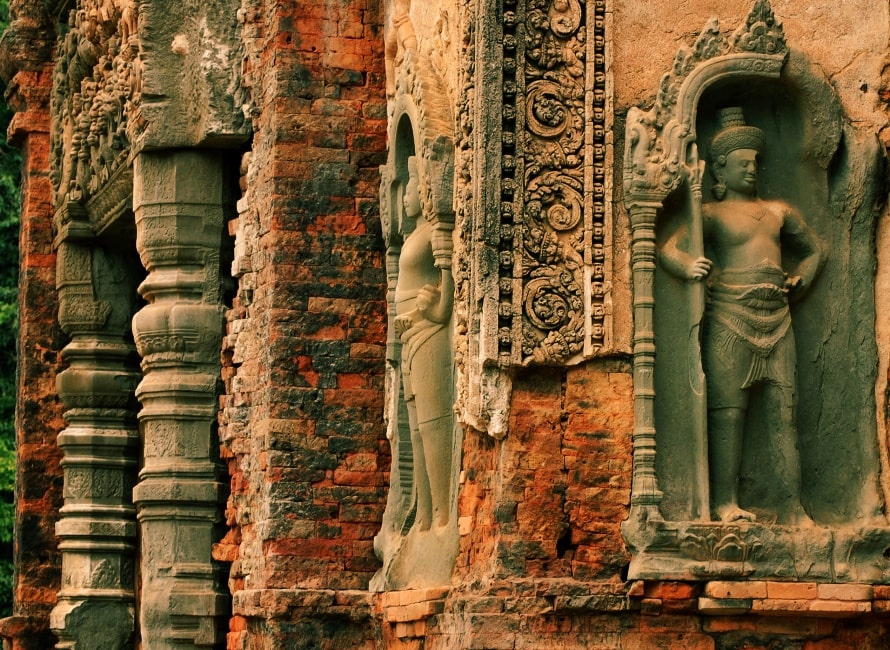
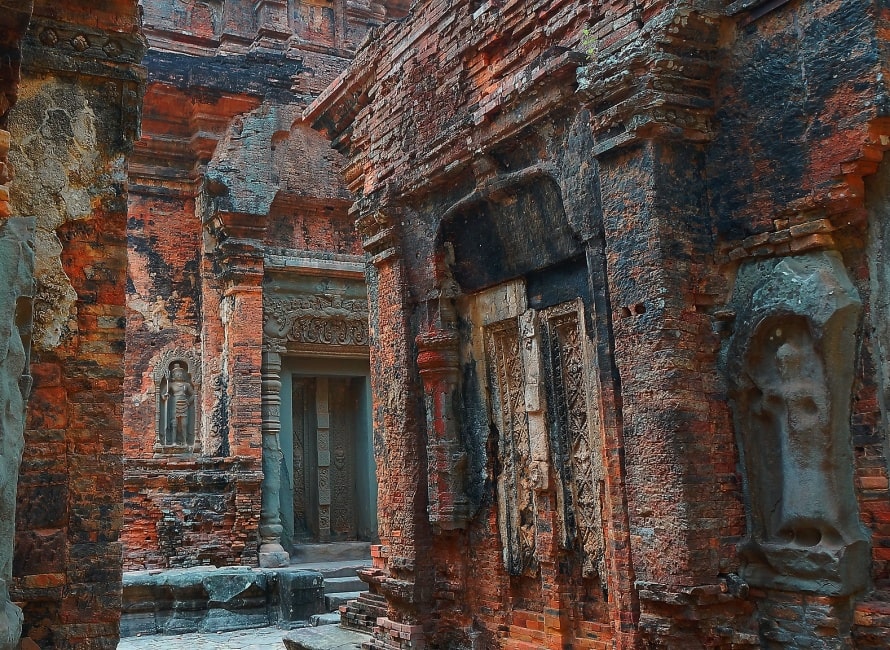

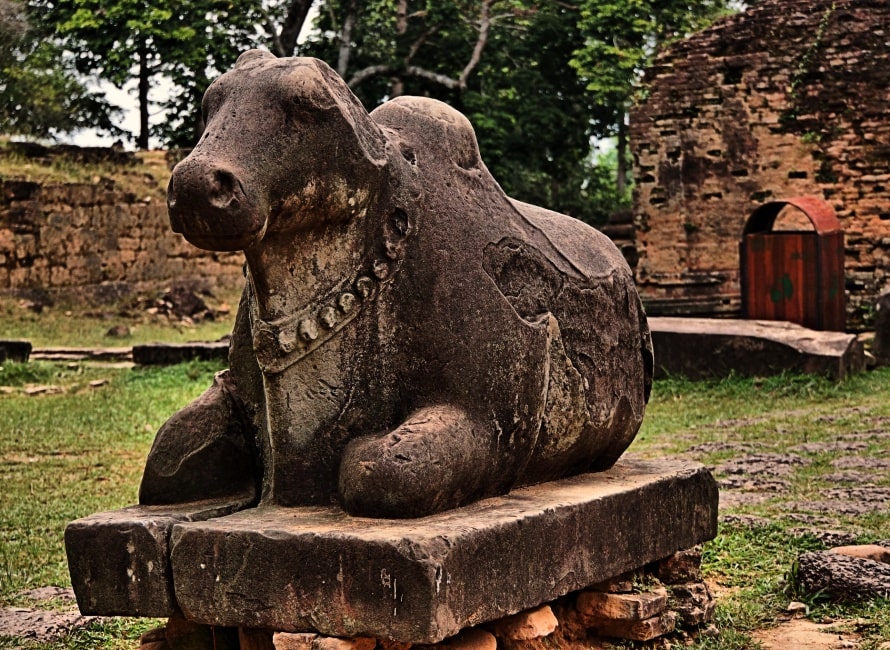
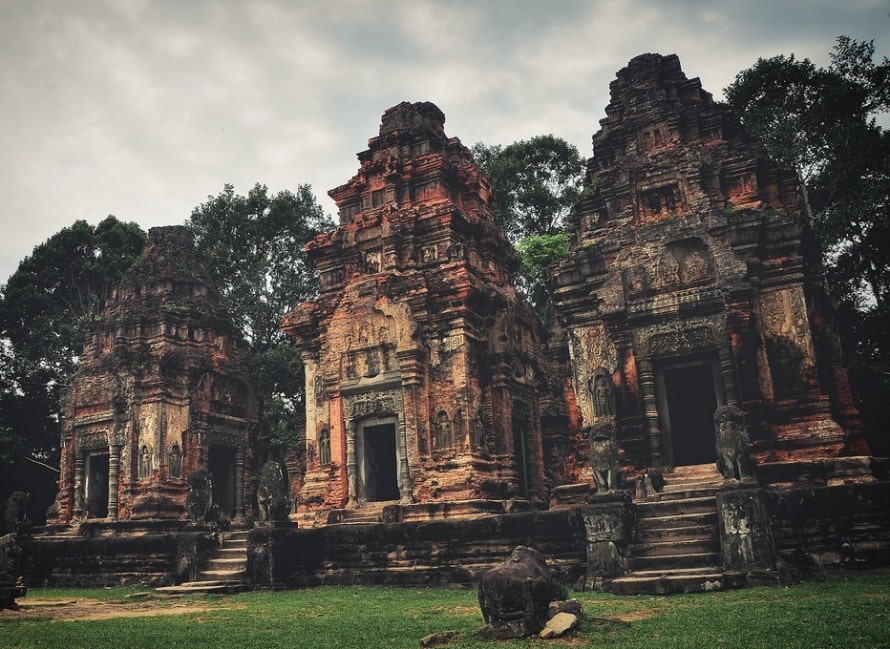
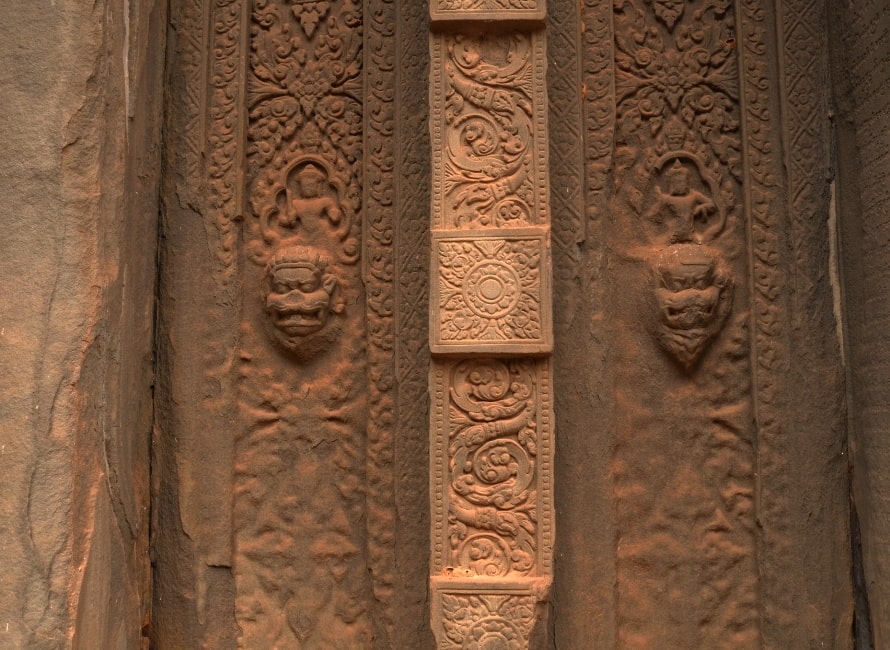
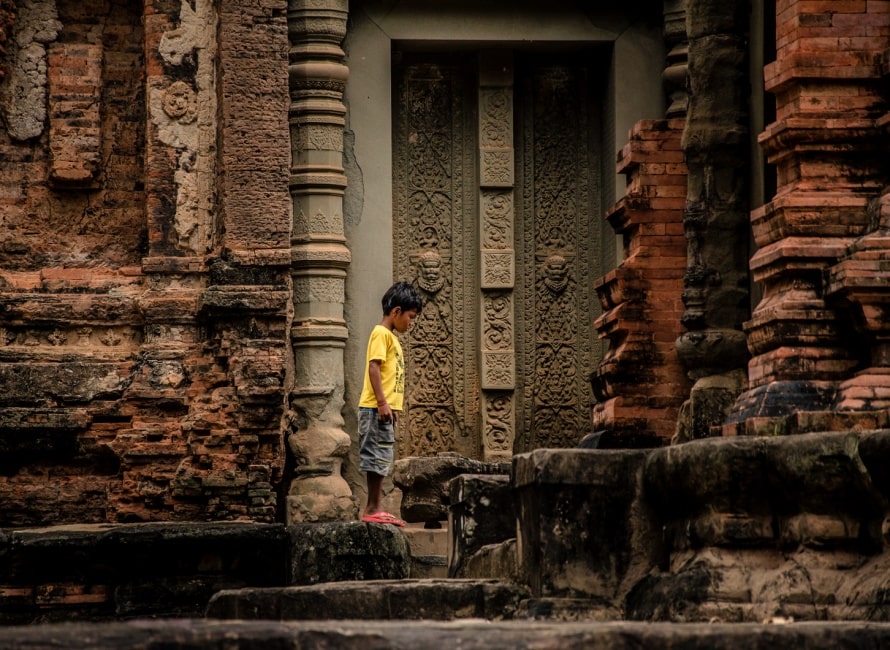






















Jolie LIEMMy name is Jolie, I am a Vietnamese girl growing up in the countryside of Hai Duong, northern Vietnam. Since a little girl, I was always dreaming of exploring the far-away lands, the unseen beauty spots of the world. My dream has been growing bigger and bigger day after day, and I do not miss a chance to make it real. After graduating from the univesity of language in Hanoi, I started the exploration with a travel agency and learning more about travel, especially responsible travel. I love experiencing the different cultures of the different lands and sharing my dream with the whole world. Hope that you love it too!